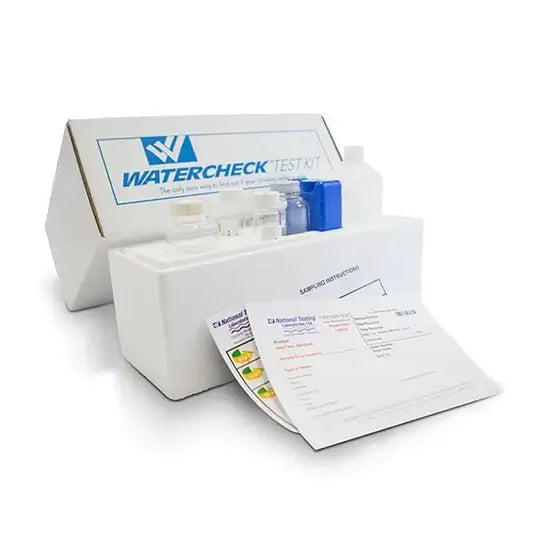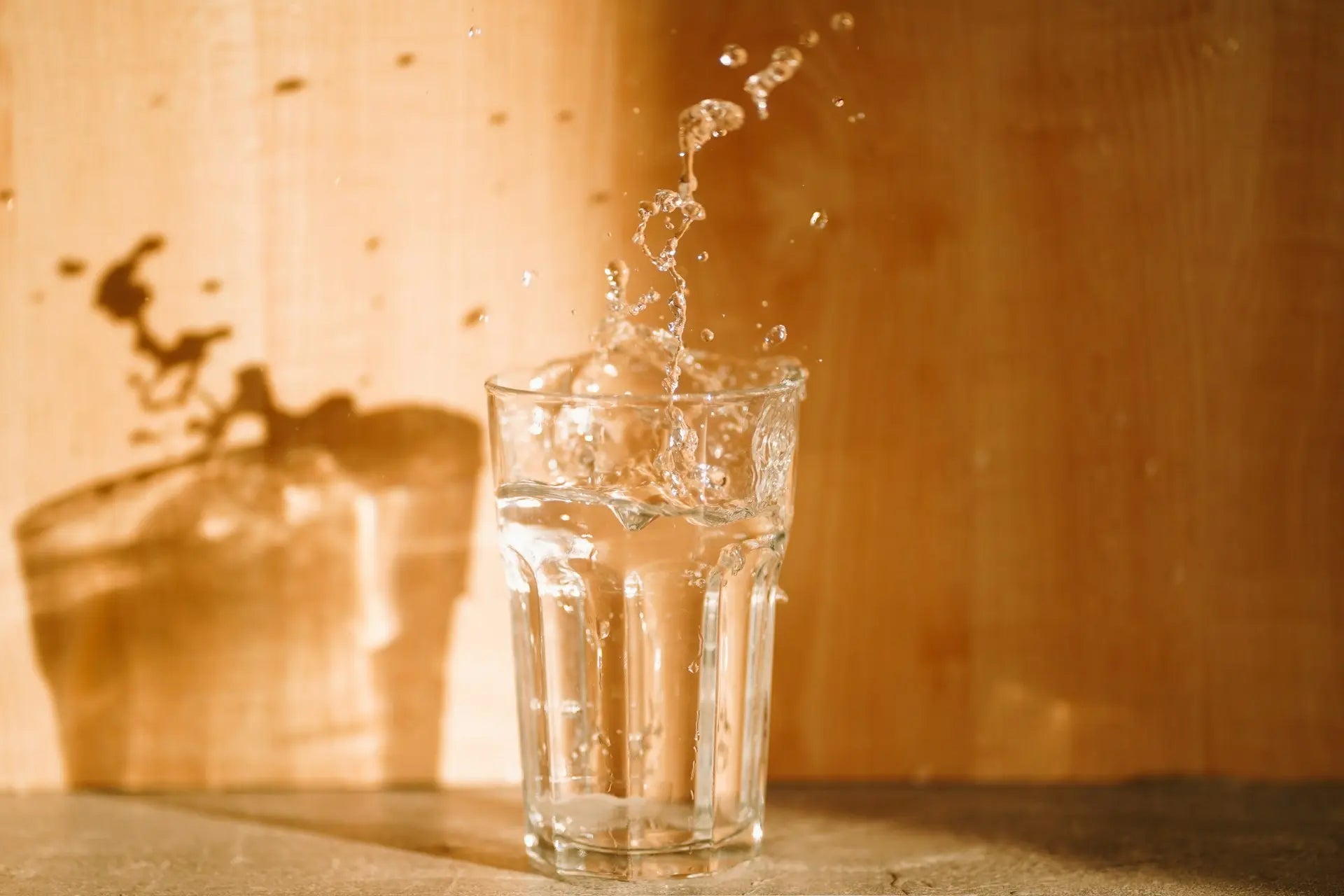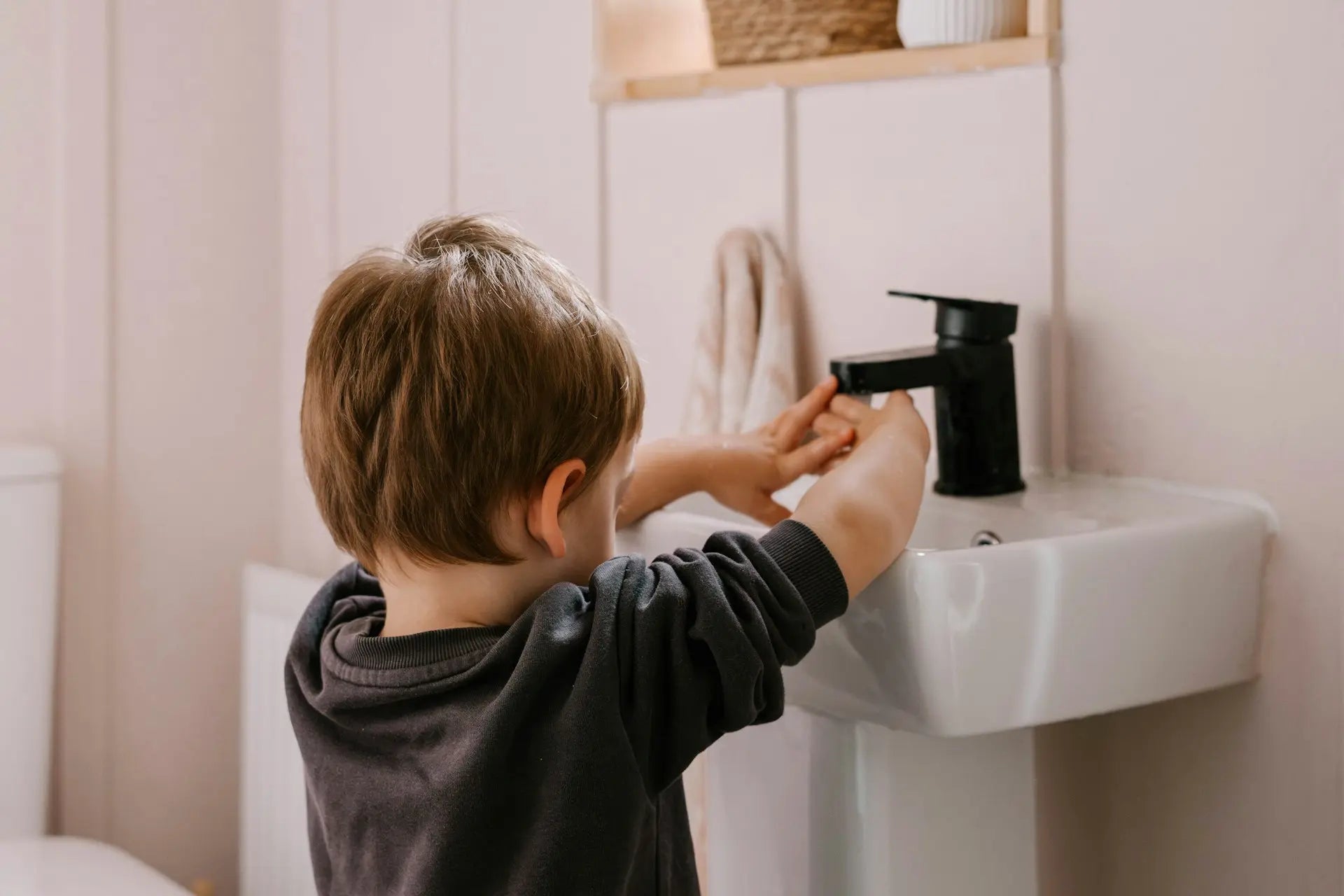Fluoride has been added to U.S. tap water for more than 70 years to fight tooth decay. Yet recent studies suggest that too much fluoride—especially in children—may affect teeth, bones, and even neurodevelopment. That leaves many homeowners asking: How much fluoride is in my tap water, and should I filter it out?
✓ How Fluoride Gets Into Tap Water
Most city utilities dose fluorosilicic acid or sodium fluoride at treatment plants to hit the CDC’s recommended 0.7 mg/L. Natural fluoride can also leach from bedrock—common across the Southwest—so private wells near Las Vegas sometimes test well above 1 mg/L.
✓ Health: Balancing Benefits and Risks
- Benefits: Proven cavity protection at low levels.
- Risks: Dental or skeletal fluorosis, potential thyroid and neurodevelopment concerns at higher levels.
✓ What Are the Legal Fluoride Limits?
The numbers can be confusing, so here’s the quick breakdown:
- EPA Maximum Contaminant Level (MCL): 4.0 mg/L – legally enforceable, primarily to prevent skeletal fluorosis.
- HHS Recommended Level: 0.7 mg/L – optimal for cavity prevention with minimal cosmetic risk.
- World Health Organization Guideline: 1.5 mg/L – adopted by many countries.
Anything between 0.7 and 4.0 mg/L is “legal,” but many families prefer levels closer to zero—especially when infants or sensitive adults are at home.
✓ Special Considerations for Infants & Kids
Babies who drink formula mixed with fluoridated tap water may exceed safe daily fluoride intake, increasing the risk of mild dental fluorosis (white streaks on developing teeth). The American Academy of Pediatrics recommends using low-fluoride or filtered water for infant formula when local levels exceed 0.7 mg/L.
For older kids, swallowing toothpaste plus higher-fluoride tap water can push total exposure above optimal levels. A reverse-osmosis (RO) stage in your home filter can cut fluoride by 90 percent or more, taking the guesswork out of daily intake.
✓ How to Test Fluoride Levels
- Consumer Confidence Report (CCR): Check the fluoride line—most utilities report down to 0.1 mg/L.
- Lab kit: For private wells or precision, send a sample to a certified lab (detection to 0.1 mg/L).
- Instant strips: Handy for a yes/no screening; good for renters.
✓ Las Vegas Water Snapshot
The 2024 Las Vegas Valley Water District CCR lists average fluoride at 0.68 mg/L—below the EPA limit but right at the cavity-prevention target. Residents seeking fluoride-free water can still benefit from an RO-equipped system.
✓ Best Ways to Remove Fluoride
Reverse Osmosis (RO): Removes 90–95 percent of fluoride. Both the ECO-X and Platinum Series offer an RO polishing stage.
Activated Alumina: Highly selective for fluoride; incorporated in the Platinum option for high-fluoride wells.
Bone Char Carbon: Sustainable and effective, though slower flow; ideal as a secondary post-filter.
✓ Whole-Home vs. Point-of-Use Filters
- Whole-Home: Shields showers, ice makers, pet bowls, and every faucet.
- Under-Sink RO: Budget-friendly for renters or single-tap coverage.
✓ Fluoride Myths vs. Facts
- “Boiling water removes fluoride.” Myth. Boiling concentrates fluoride.
- “All bottled water has less fluoride.” Myth. Brands vary from 0.1 mg/L to 1.5 mg/L.
- “Fluoride lowers IQ in all studies.” Partial. Some high-dose studies show correlations, but results vary. The safest path is controlling your own tap levels.
Final Takeaway
Fluoride can be a friend or foe depending on dose. Testing is the only way to know your number. If levels exceed 0.7 mg/L—or you simply want fluoride-free water—adding an RO-equipped whole-home system is the gold standard.
Q: Is boiling water enough to lower fluoride?
No. Boiling actually concentrates fluoride as water evaporates.
Q: Does bottled water always have less fluoride?
Not necessarily. Brands vary widely—always check the label or company website.
Q: How often should RO membranes be replaced?
Every 2–3 years on city water; annually for high-sediment wells. Pre-filters swap every 6-12 months.
Q: Will a softener remove fluoride?
No. Water softeners swap calcium and magnesium; fluoride passes through unchanged. Pair a softener with RO or activated alumina.
Reference: CDC Fluoridation Data; Journal of Environmental Research 2024.







